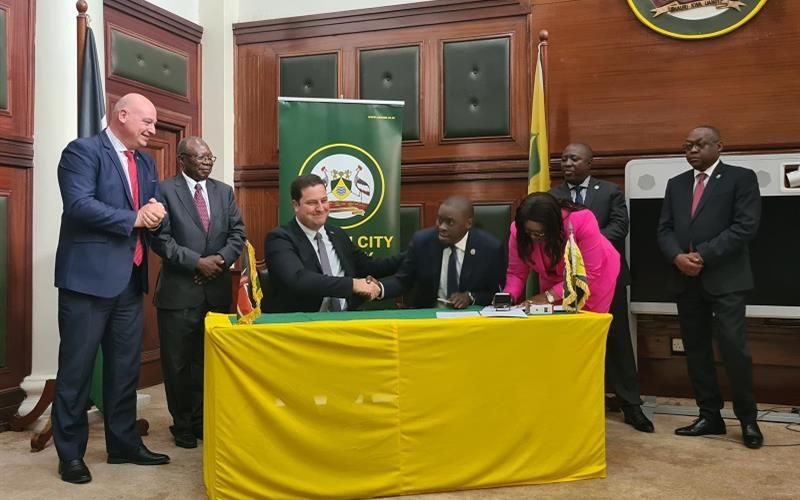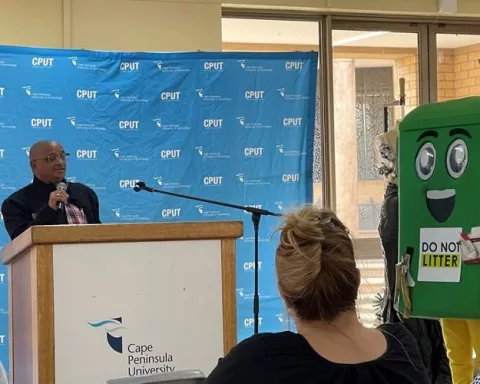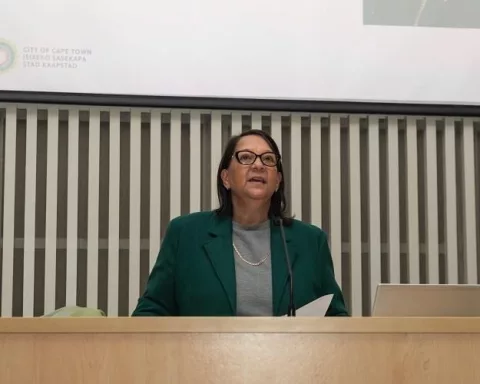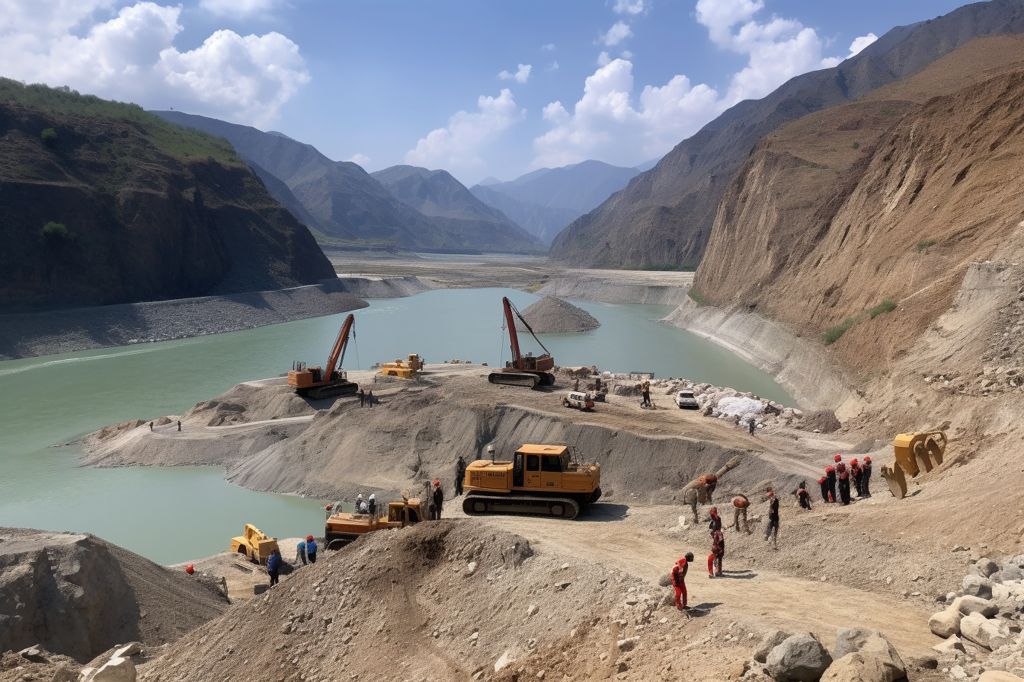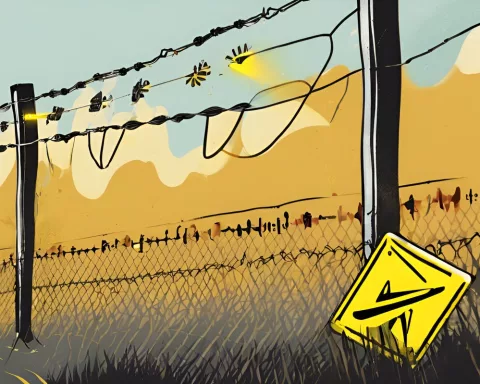The potential benefits of the collaboration between Cape Town and Nairobi are significant, as they can work together to strengthen their tourism markets, cooperate in their film industries, and enhance bilateral trade. Additionally, both cities can share knowledge and partnerships in areas such as infrastructure provision, affordable housing delivery, and clean energy.
Shared Goals and Similarities
Cape Town and Nairobi are experiencing rapid urbanization and have populations of similar sizes. Mayor Hill-Lewis believes that their shared goals of becoming globally competitive and attracting businesses make Nairobi the perfect partner for Cape Town. Both cities have a lot in common, including their importance as tourism giants on the African continent and their reputations as gateways to their countries’ attractions.
First City-to-City Cooperation Agreement
This partnership is significant as it marks the first city-to-city cooperation agreement for Hill-Lewis’s administration, intentionally choosing an African city for this collaboration. This is a positive step towards strengthening the relationship between African cities and promoting intra-African trade and cooperation.
Shared Vision
The signing of this agreement is a testament to the shared vision of both leaders, Hill-Lewis and Sakaja, who are both young politicians with a passion for youth leadership development and a belief in their cities’ potential for innovation, sustainability, economic growth, and caring governance.
Beacons of Light
In these challenging global times, both Nairobi and Cape Town can become beacons of light, freedom, and democracy on the African continent, spreading a message of peace for a brighter and prosperous future for their people. This agreement has the potential to initiate a close bond between the two cities, enabling them to prosper together and contribute to the development of the African continent.

